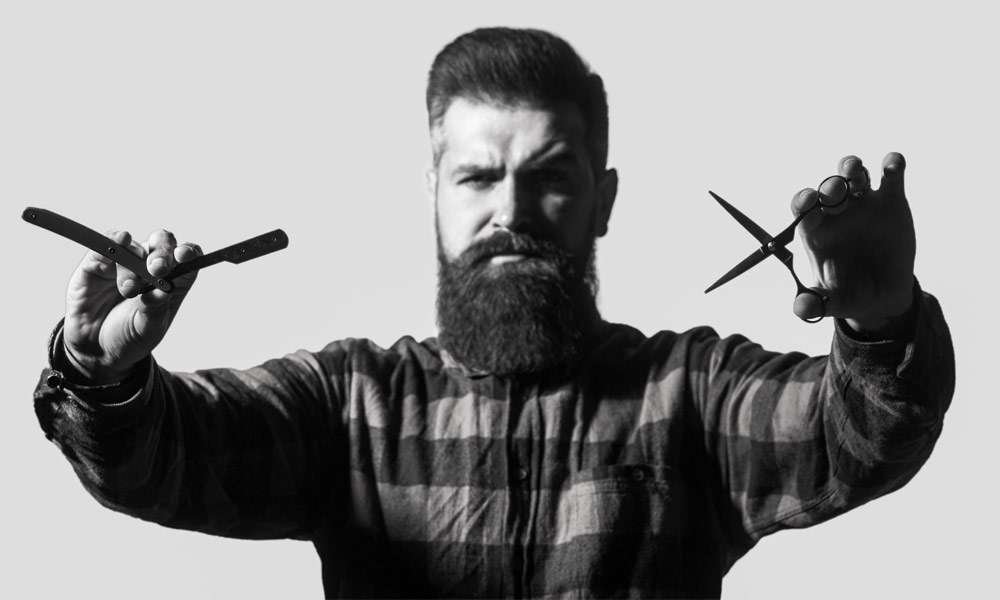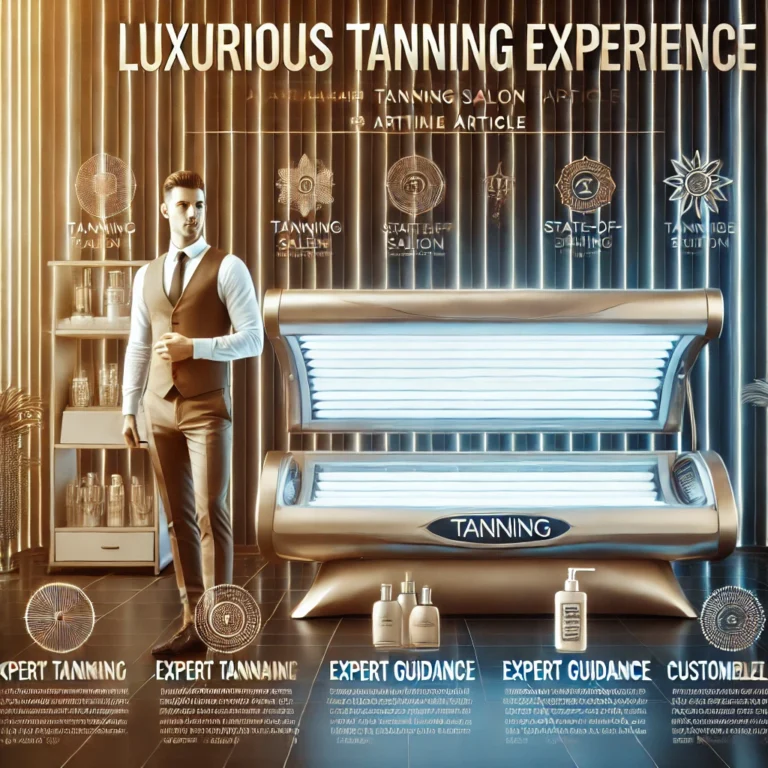10 Grooming Myths Debunked for the Modern Man
Grooming is essential to every man’s daily routine, yet it is often surrounded by myths and misconceptions that can lead to less-than-optimal results. Whether you’re a grooming enthusiast, a beauty blogger, a young professional, or someone aiming to enhance your grooming game, understanding the truth behind common shaving myths is critical.
This post will debunk ten pervasive grooming myths about shaving that you must stop believing. Each myth will be dissected to reveal the facts, backed by scientific explanations and practical tips to improve your shaving experience. Let’s set the record straight on men’s skincare, haircare, and grooming practices.
Myth 1: You Should Shave Against the Grain for a Closer Shave
Shaving against the kernel might give you a closer shave but often leads to irritation and ingrown hairs. Shaving with the grain—following the natural direction of your hair growth—minimizes skin irritation and the risk of razor bumps. For a close shave without irritation, use a sharp razor and make sure your skin is well-prepped.
When you shave against the grain, you’re cutting the hairs at an angle that makes them more likely to evolve back into the skin, causing painful and unsightly ingrown hairs. This method also creates additional friction, leading to more significant irritation, redness, and discomfort. Sensitive skin can suffer substantially from this practice, resulting in a poor shaving experience.
Shaving with the grain confirms that you’re cropping the hair in its natural direction, reducing the risk of hair being pulled and causing less stress on your skin. This technique aligns with the arrangement of your hair follicles, allowing for a smoother, more satisfied shave.
To perform the best results when shaving with the grain, follow these practical tips:
Bowdlerize your face with warm water before shaving to soften the skin and hair. This step opens up the pores, making the hair easier to cut.
Devote a high-quality shaving cream or gel to grease the skin and soften the hair. Let the shaving cream sit on your face for a minute or two before shaving.
Always use a sharp razor blade. Dull blades tug at the hair and create uneven cuts, leading to irritation. Replace your razor or blades regularly to maintain optimal performance.
Use short and gentle strokes rather than long ones. Rinse the razor frequently under running water to keep the blades clean and practical.
After shaving, rinse your face with cool water to close the pores. Apply a pacifying aftershave lotion or balm to hydrate and protect the skin.
Myth 2: Shaving Makes Hair Grow Back Thicker
This myth has been passed down through generations, but it’s time to debunk it. Shaving does not make hair grow back thicker or darker. When you shave, you cut the hair at the surface, delivering it a blunt tip. This blunt tip can make the hair feel coarser as it grows back, leading to the misconception that it is thicker or more abundant. However, hair’s structure, texture, and growth rate remain unchanged after shaving.
Scientific studies have confirmed that shaving does not affect hair thickness, density, or color. The rate of hair growth and its color are determined predominantly by genetics and hormones, not by the frequency with which one shave. Hair may appear darker or thicker initially because new hairs haven’t yet been exposed to environmental factors that naturally lighten and thin them over time.
Understanding this myth can help you shave confidently, knowing you’re not altering your hair’s natural characteristics. Embrace this knowledge for a worry-free shaving routine and focus on techniques that enhance comfort and effectiveness instead.
Myth 3: Only Expensive Razors Give a Good Shave
While high-end razors often have advanced features, this doesn’t mean that only expensive razors provide a good shave. The quality of your shave depends more on your technique and preparation than the cost of the razor. Affordable razors can be just as effective if used correctly. Look for razors with multiple blades and a comfortable grip. Maintain your razor by cleaning it thoroughly after each use and replacing the blades regularly. You can achieve a great shave without breaking the bank by focusing on good shaving practices.
Myth 4: You Don’t Need to Moisturize After Shaving
Post-shave care is crucial for maintaining healthy skin. Shaving can strip away natural oils, leaving your skin dry and susceptible to irritation. Skipping moisturizer can lead to discomfort and long-term skin issues. Moisturizing after shaving helps to replenish lost moisture and soothe the skin. Choose a moisturizer suitable for your skin type—whether oily, dry, or sensitive. Applying moisturizer immediately after shaving will lock in hydration and keep your skin looking and feeling its best.
Myth 5: All Shaving Creams Are the Same
Not all shaving creams are created equal. The ingredients and formulation of shaving creams can significantly impact your shaving experience and skin health. Some shaving creams possess harsh chemicals that can irritate the skin, while others are formulated to provide a smooth, protective layer. For example, Shave in Phoenix’s natural shaving cream contains aloe vera and essential oils to nourish and protect the skin. Experiment with shaving creams until you find one that works best for your skin.
Prefer a shaving cream that suits your skin variety and preferences. Look for products with natural components and moisturizing properties. A good shaving cream will cushion the hair, protect the skin from the blade, and reduce the risk of nicks and cuts. Experiment with different brands to find the one that works best for you.
Myth 6: Electric Razors Are Less Efficient Than Manual Razors
The debate between electric and manual razors is ongoing, but the efficiency of each depends on personal preference and shaving needs.
Electric razors offer convenience and speed, making them ideal for busy mornings. They can significantly reduce grooming time, as there is no need for shaving cream, water, or frequent blade changes. Further, electric razors are undersized, likely to cause cuts, and gentler on sensitive skin, as they typically have protective screens that prevent the blades from directly contacting the skin. This makes them a preferred choice for individuals prone to razor burn or irritation.
On the other hand, manual razors can provide a closer shave and are better for detailed grooming. The explicit contact of the blades with the skin allows for a more precise and thorough shave, which is why many prefer manual razors for achieving a clean, smooth finish. Manual razors are particularly effective in handling dense or coarse hair and offer greater control in hard-to-reach areas, such as around the nose or jawline.
The choice between electric and manual razors should be based on your lifestyle and skin type. Electric razors are suited for those seeking efficiency and sensitive skin, while manual razors are ideal for those prioritizing a closer shave and finer grooming details. Both can be efficient if used correctly, so see which suits you best.
Myth 7: Shaving at Night Leads to Faster Regrowth
The timing of your shave has no impact on hair regrowth speed. Hair growth is a continuous process regulated by your body’s biological clock, not the time of day you shave. Whether you shave in the morning or at night, the results in terms of hair regrowth will be identical.
Shaving at night can have its own set of benefits, especially if you experience skin irritation. Shaving in the evening allows your skin time to recover overnight. This recovery period can help minimize redness, inflammation, and irritation, resulting in a calmer and smoother complexion when you wake up. Nighttime shaving is also a relaxing way to wind down your day and may be more convenient for those who prefer a less rushed grooming session.
On the other hand, shaving in the morning is a routine that fits well with many people’s schedules, particularly if you have a busy day ahead. Morning shaving can leave you feeling fresh and presentable for the entire day. Additionally, it can be more convenient if you have more energy and time to dedicate to your grooming routine in the morning.
Myth 8: Shaving After a Hot Shower Reduces Ingrown Hairs
A hot shower can soften the hair and open the pores, making shaving more accessible and reducing the risk of irritation. The warmth and moisture from the shower help relax the hair follicles, allowing for a smoother shave. However, it’s not a foolproof method for preventing ingrown hairs. Ingrown hairs happen when hair curls back into the skin, often due to improper shaving techniques or clogged pores.
To effectively prevent ingrown hairs, it’s crucial to incorporate a few critical steps into your shaving routine. Firstly, exfoliate your skin before shaving to terminate destroyed skin cells and clear any debris that could clog your pores. This can be done employing a gentle scrub or an exfoliating sponge. Secondly, always ensure your razor is sharp. A dull blade increases the risk of tugging at the hair, causing it to grow into the skin.
When shaving, it is infallible to shave with the grain of your hair—following the direction in which your hair naturally grows. Shaving against the grain may provide a closer shave but also increases the risk of hair becoming trapped under the skin and forming ingrown hairs.
After shaving, applying an anti-ingrown hair solution or a soothing aftershave balm can significantly help reduce irritation and prevent ingrown hairs. These products can help calm the skin, keep it hydrated, and prevent hair from curling back into the skin. Following these steps can achieve a smooth shave while minimizing the risk of developing ingrown hairs.
Myth 9: You Can Use the Same Razor for Months
Using the same razor for months can lead to dull blades, increased irritation, and a higher risk of cuts. Razors should be replaced regularly to maintain their effectiveness and hygiene. A good rule of thumb is to replace your razor after 5-7 shaves or when you notice it becoming less effective. Cleaning your razor thoroughly after each use will extend its life, but don’t compromise on blade sharpness. Fresh blades provide a smoother shave and reduce the risk of skin irritation. Keep a stock of replacement blades to ensure you always have a sharp razor.
Myth 10: Shaving Daily Is Bad for Your Skin
Daily shaving is not inherently wrong for your skin if done correctly. The key is using proper techniques and products to protect and nourish your skin. Daily shaving can help keep your skin smooth and free of dead skin cells. The razor’s exfoliating action removes debris from the surface of your skin, promoting a healthier complexion.
To shave daily without hurting yourself, starting with a clean face is crucial. Wash your face with warm water and a favorable cleanser to remove dirt, oil, and bacteria that could scrape. Use a high-quality shaving cream or gel that provides satisfactory lubrication and protection. This helps the razor glide smoothly over your skin, reducing the crapshoot of cuts and razor burns.
A sharp razor is essential for a comfy daily shave. Unsharpened blades can tug at the hair and cause nicks and irritation. Replace your razor or blade frequently, and always rinse it thoroughly after each use to remove hair and shaving cream residue. Consider investing in a razor with numerous blades and a pivoting head for a more immediate, safer shave.
Shave with the kernel of your hair to minimize irritation and ingrown hairs. While shaving against the grain may offer a more intimate shave, it can also increase the risk of hair trapped under the skin. Endure your time and use short, gentle strokes rather than pressing hard or rushing through the process.
After shaving, rinse your face with chilly water to latch the pores and pat it dry with a clean towel. Applying a soothing aftershave balm or moisturizer helps to calm the skin and replenish lost moisture. Look for products that control hydrating ingredients like aloe vera, glycerin, or hyaluronic acid.
Pay attention to how your skin responds to daily shaving. If you witness signs of irritation, consider giving your skin a break and shaving every other day instead. Everyone’s skin is dissimilar, and finding the right balance for your skin type and condition is essential.
Daily shaving can sustain your grooming regimen with the suitable approach, vamoosing your skin smooth and splendid.
Conclusion
Debunking these common grooming myths can transform your shaving routine and improve your skin health. By understanding the facts and adopting proper techniques, you can complete a close, comfortable shave every time. For more Phoenix Barbershop grooming tips and tricks, please consult their experienced barbers for personalized advice. Always listen to your body and adjust your routine to keep your skin looking and feeling its best. Happy shaving!






